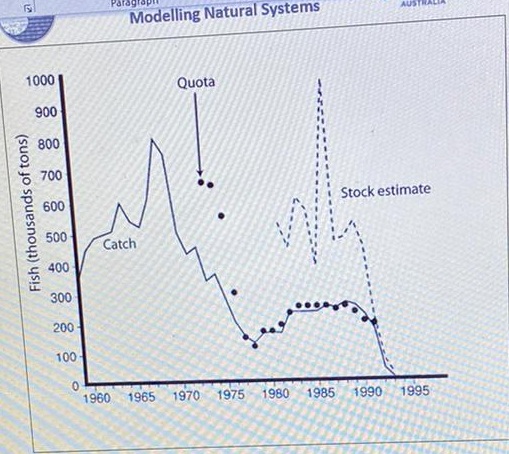Learning Outcomes
Evaluate multiuser communication and resource sharing techniques;
Apply the techniques of, and report on, digital communication applications using Matlab and hardware devices.
Assignment Description
The assignment has two (2) parts.
- Part-A is targeted to test the problem based learning and research based skill of the students;
- Part-B is targeted to test simulation skill of the students.
Note: Students should work in teams of four (4) students each. Every student should find a team mate. Students are encouraged to work with even people they are not accustomed to.
Part-A:
Purpose of this part of the assessment:
The purpose of this assignment is to motivate students to understand the importance of multiuser resource allocation techniques employed in the uplink of modern digital communication networks using wireless medium for information transmission. Students also develop skills in information gathering and technical documentation.
Description of the assessment:
Background:
Digital communication networks are usually accessed and used by multiple users at the same time. As the resources are finite and cannot serve all users seeking access to them at a given time, multi- user schemes are used for resource assignment. There are different competing resource allocation schemes in the uplink (i.e. from user to the network) which are generally called multiple access or multiuser schemes.
Requirements:
This task requires students to study and critique the multiuser resource allocation schemes used in the uplink of modern technologies: LTE-Advanced, LTE, Mobile WIMAX, CDMA2000, WCDMA and UMTS.
This assignment exposes the student to a real-world applications of digital communication in mobile wireless communication. In doing so the student shall acquire skills to understand the real-world requirements, critically review the existing techniques and write a technical report based on his or her investigation.
Suggested approach:
1. The students are required to analyse the requirements for the design and selection of the uplink multiuser schemes used in modern wireless digital communication systems.
2. The students must do a literature review on current practices on uplink resource allocation in digital mobile communication networks.
3. The students are required to write a technical report on requirements, review and analysis on the case study. Please refer to the marking scheme table below for further information.
Submission Guidelines:
Your assignment should be completed according to the General Guidelines for Presentation of Academic Work.
1. successful completion of required tasks
2. quality of figures
a. Proper reference for the figures
b. comments
c. meaningful names
2. accompanying documentation including
a. table of contents and page numbers
b. The cover page - indicating your names, declaration and signatures.
c. list of references used (IEEE referencing style) as evidence of research depth.
Part-B:
Purpose of this part of the assessment:
The purpose of this part of the assignment is to motivate students to improve their coding and simulation skills.
Question 1: Amplitude Modulation (AM)
Consider the message or modulating signal m(t)=Amcos(2πf0t) with frequency f0=60 Hz, amplitude Am=4V and the carrier signal c(t)= Accos(2πfct + φ) with voltage amplitude Ac=1V, frequency fc=800 MHz and phase φ=π/4. We want to compare suppressed carrier AM (SC-AM) and full-carrier AM (FC- AM) and their variants.

DSB-SC AM signal: u(t)=m(t)c(t)
DSB-FC AM signal: v(t)=[1 + m(t)/Ac]*c(t)
(a) Using Matlab, sketch the waveforms of m(t), u(t)=m(t)c(t) and v(t)=[1 + m(t)/Ac]*c(t) in one figure. Explain what you observe from the figures.
(b) Using Matlab sketch the spectra of m(t), u(t)=m(t)c(t) and v(t)=[1 + m(t)/Ac]*c(t) in one figure.
Question 2: Huffman coding
Consider a source with the seven symbols in its alphabet s = {'s0' 's1' 's2' 's3' 's4' 's5' 's6'} which has the probabilities p = [0.18 0.21 0.2 0.26 0.03 0.05 0.07].
(a) Write a MATLAB function ‘entropy' to compute the entropy of the source.
(b) Use your function ‘entropy' to find the entropy of the given source.
(c) Write a MATLAB program to generate a Huffman code for the source.
Attachment:- Assessment.rar